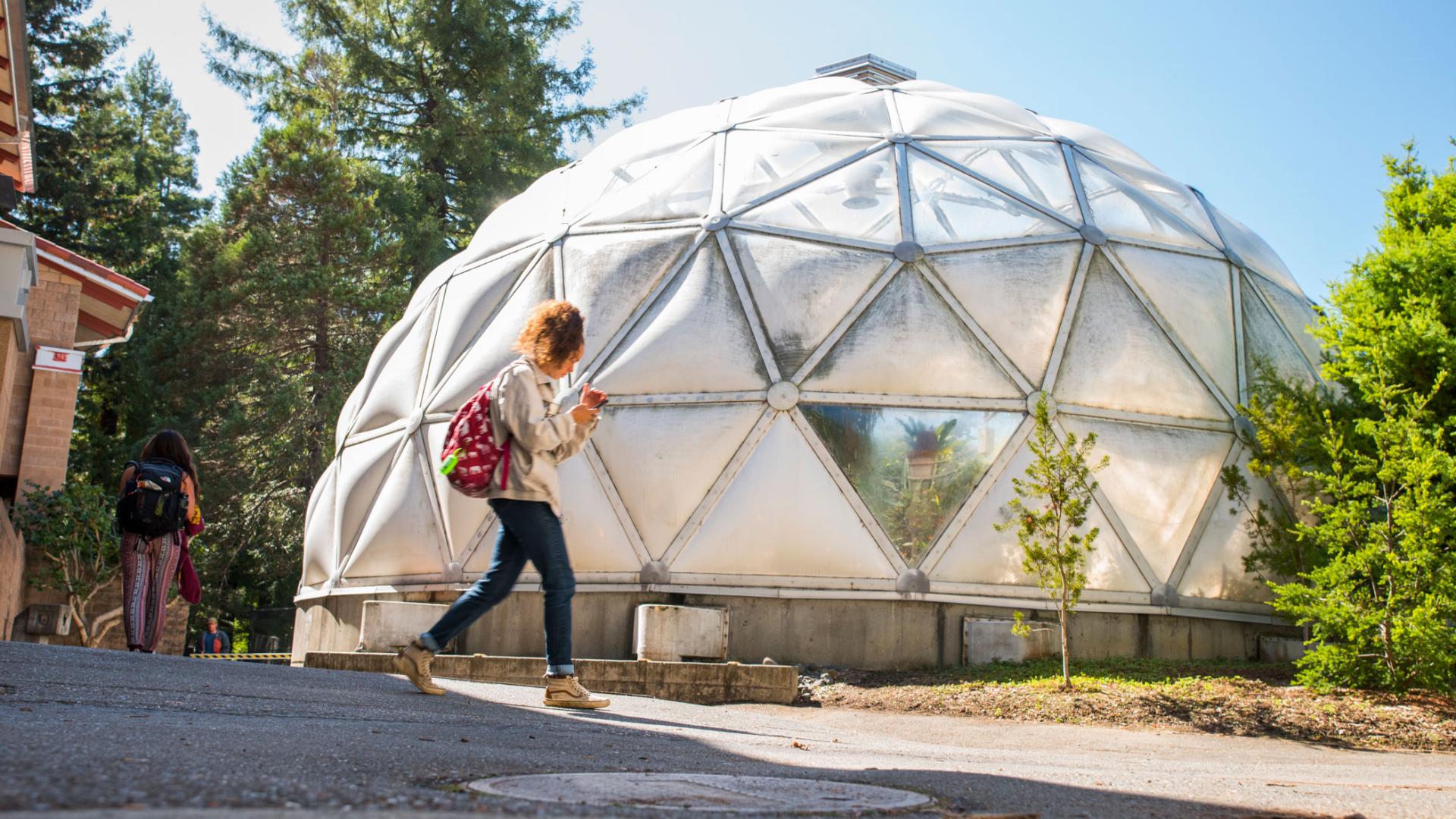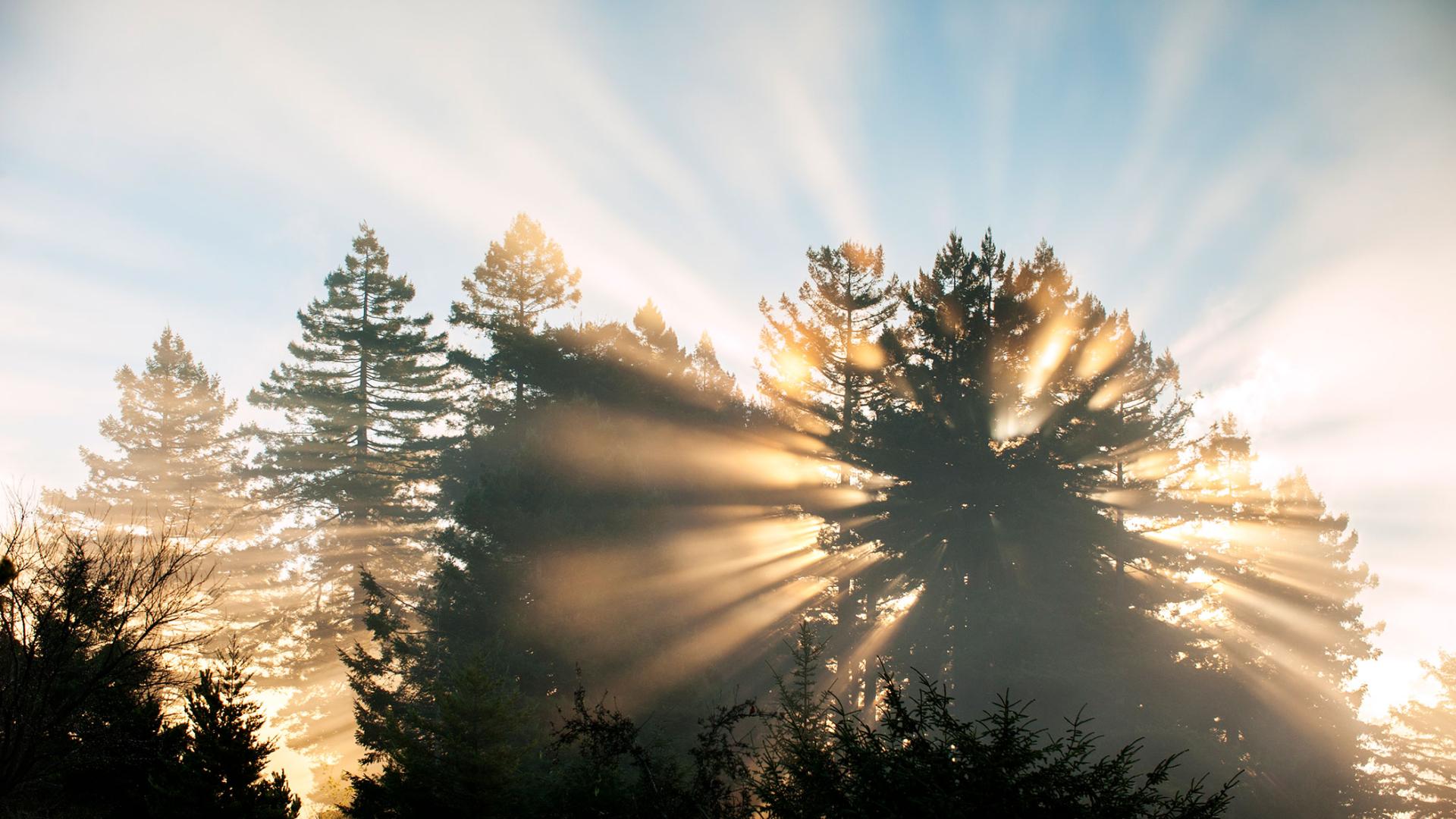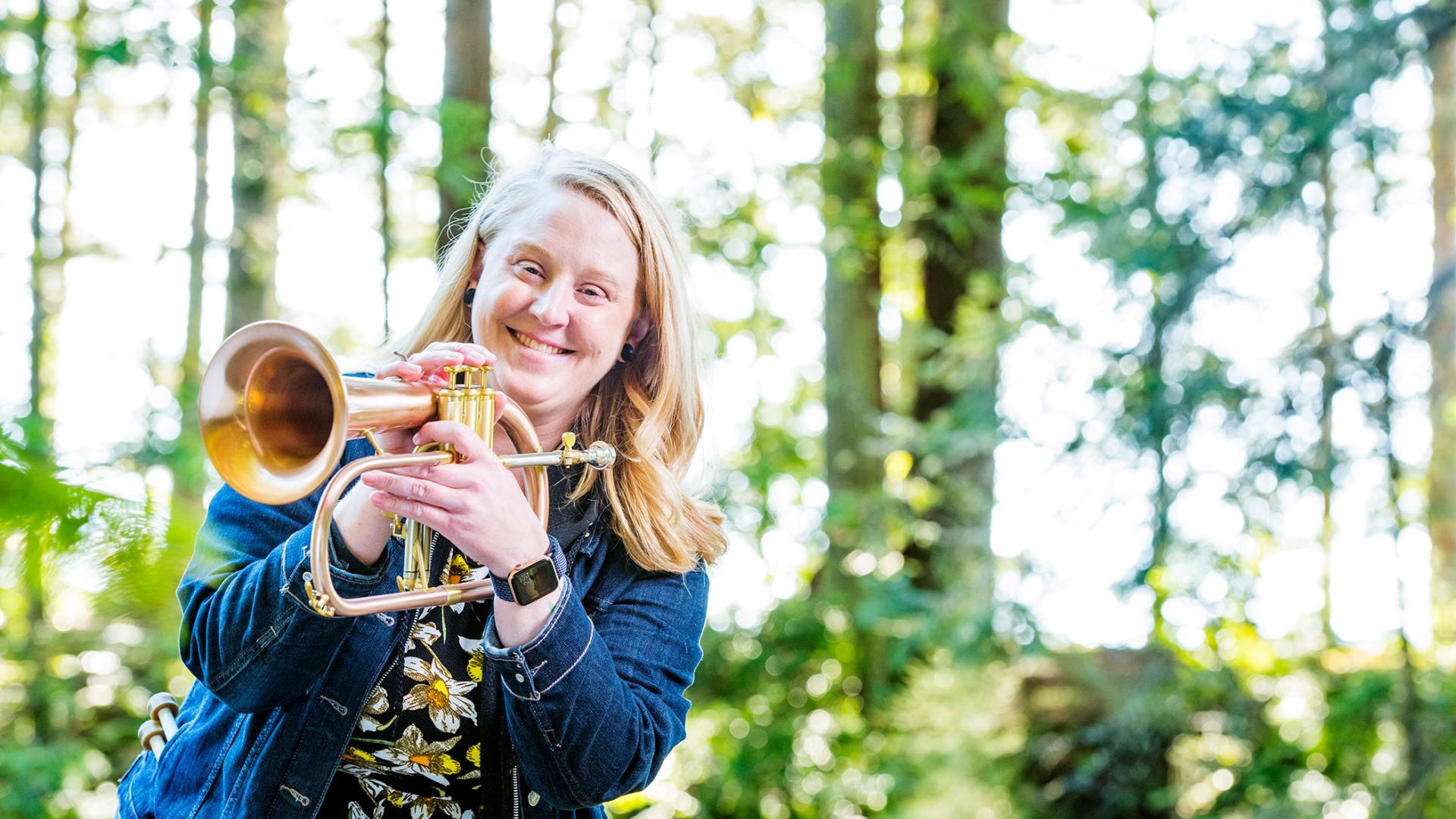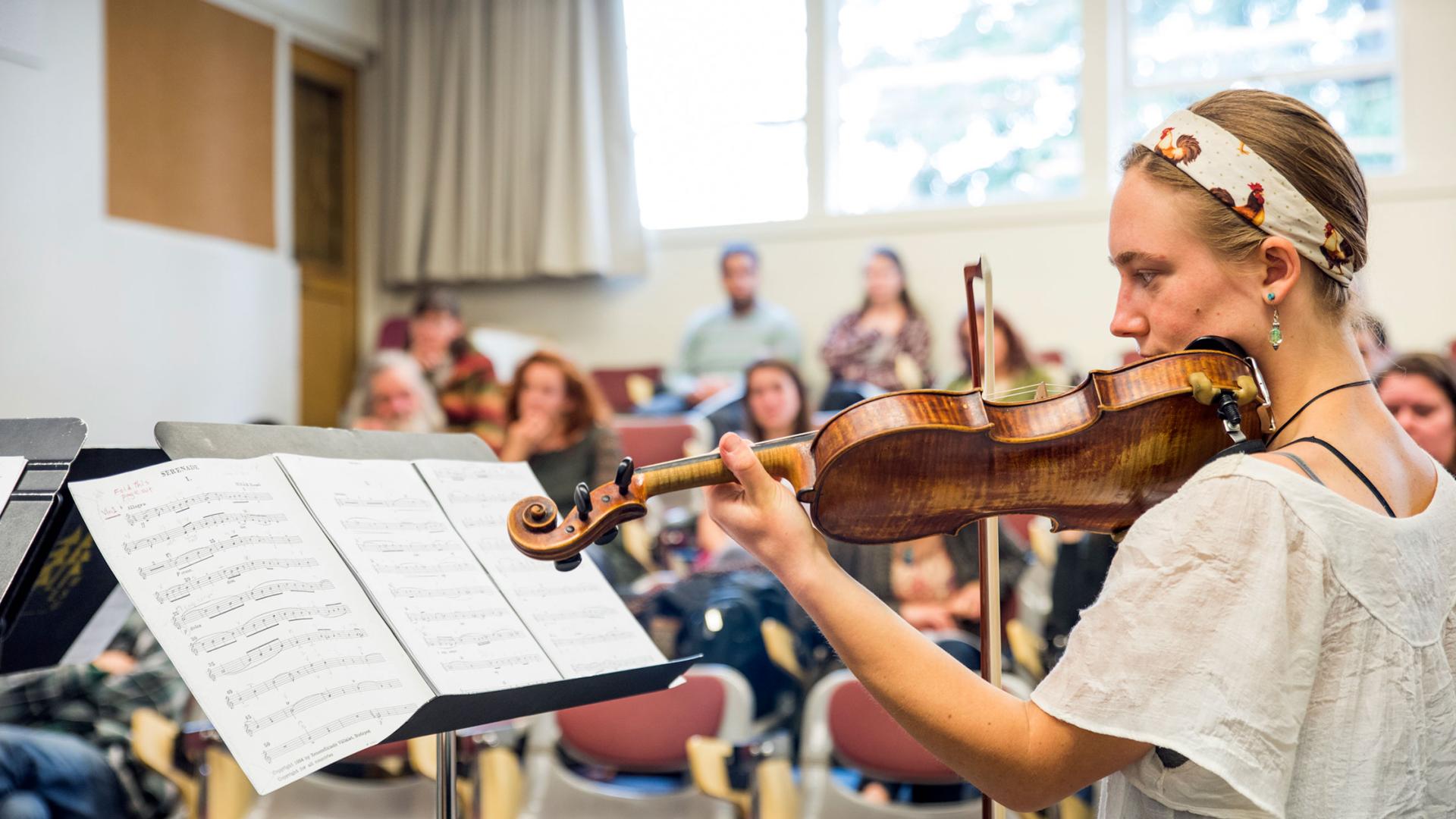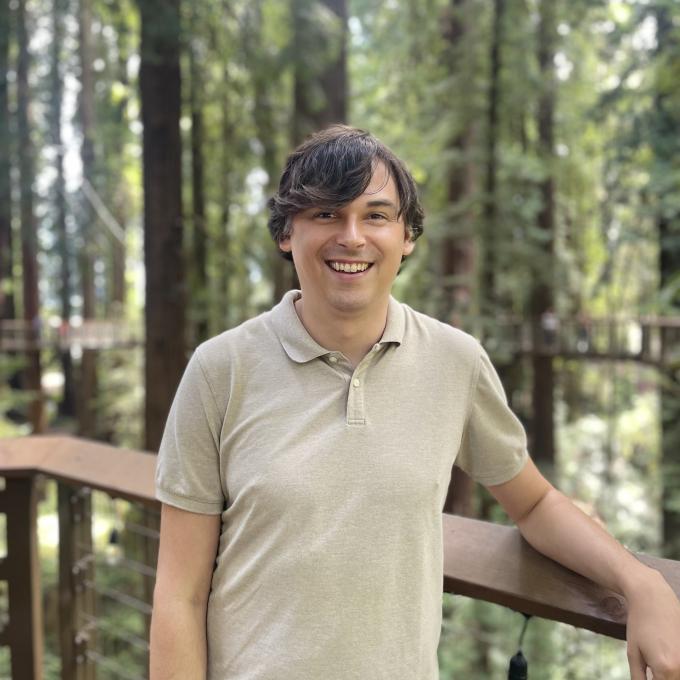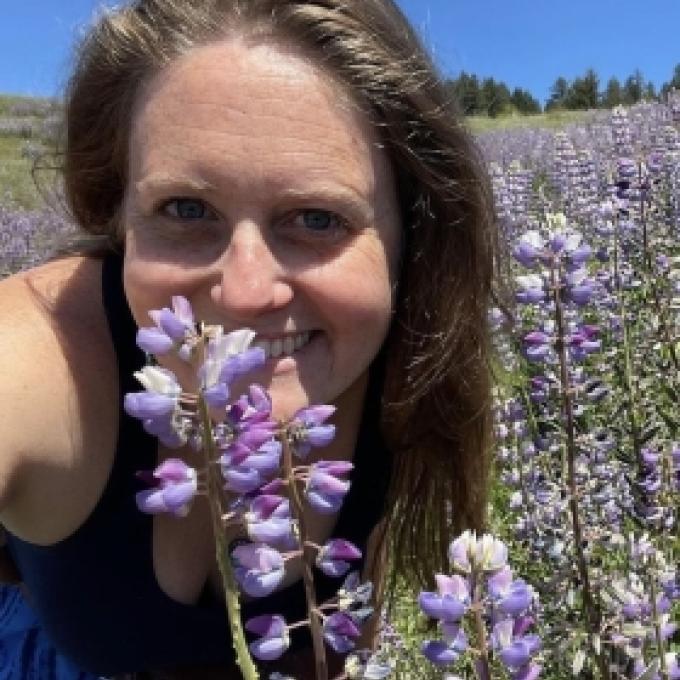Nancy Perez
Breadcrumb

Nancy Perez
Assistant Professor
Critical Race Gender & Sexuality Studies
Areas of Interest
Understanding Mexican and Central American migration, labor histories, transnational cultural production, memory, and resistance from interdisciplinary perspectives
Cutcha Risling Baldy
Breadcrumb
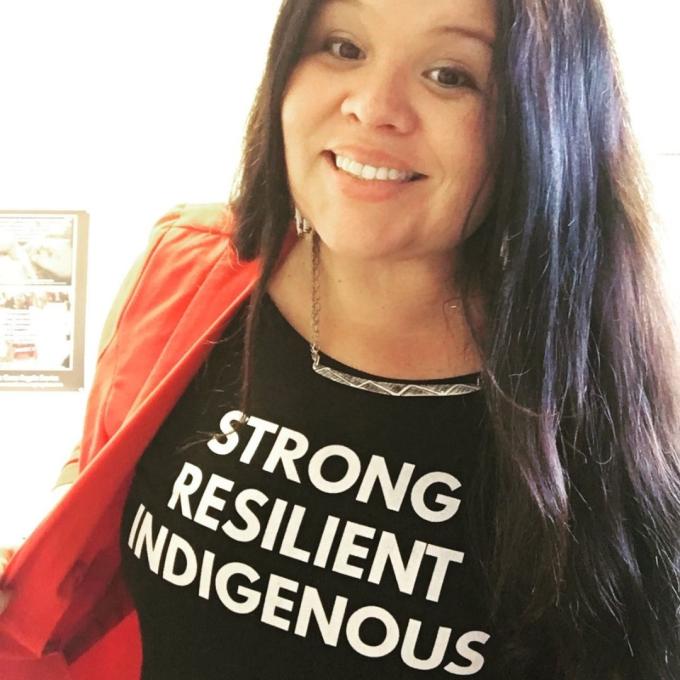
Cutcha Risling Baldy
Associate Professor &
Program Leader of Environment & Community Masters Program
Areas of Interest
Indigenous feminisms, California Indian politics & culture, environmental justice, media activism, community based research & evaluation, nonprofit & tribal development


